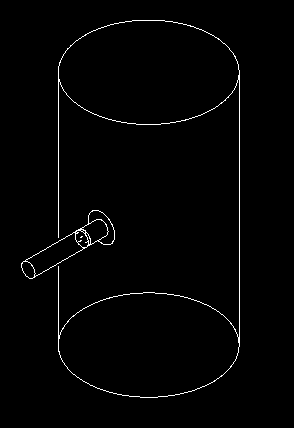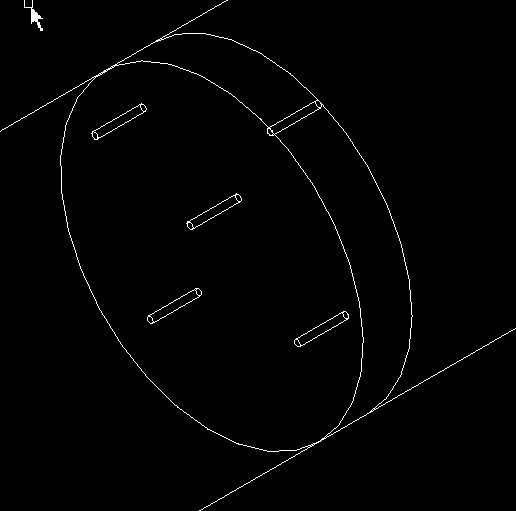Hi All,
I have an issue where I'm trying to estimate the pressure drop of a liquid through a multi-hole orifice plate. I know how to do this for a "thin" plate, i.e. thickness/hole diameter <= ~1, but am having trouble finding methods for a thick plate where the aspect ratio of the holes is >>1, say in the region of 5-10. Anybody have pointers on where I might look?
I have an issue where I'm trying to estimate the pressure drop of a liquid through a multi-hole orifice plate. I know how to do this for a "thin" plate, i.e. thickness/hole diameter <= ~1, but am having trouble finding methods for a thick plate where the aspect ratio of the holes is >>1, say in the region of 5-10. Anybody have pointers on where I might look?


